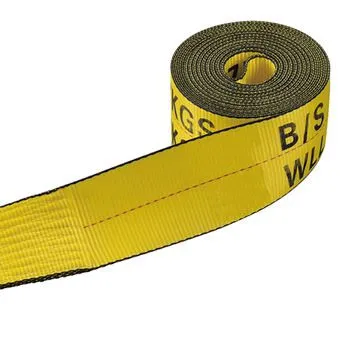Nov . 19, 2024 01:22 Back to list
ceiling hatch cover
Understanding Ceiling Hatch Covers An Essential Component of Building Infrastructure
Ceiling hatch covers are integral components of modern architecture and building design, playing a crucial role in maintaining functionality and safety within structures. These access points provide a means to reach hidden spaces such as attics, crawl spaces, and mechanical rooms without compromising the integrity of the interior. In this article, we delve into the various aspects of ceiling hatch covers, including their design, materials, applications, and importance in building maintenance.
What Are Ceiling Hatch Covers?
Ceiling hatch covers are specially designed access panels that are installed in ceilings to provide entry to upper spaces or voids above. These hatches can vary widely in size and functionality, ranging from small inspection openings to larger panels intended for substantial ingress and egress. They are typically constructed to blend seamlessly into the ceiling while remaining durable and functional.
Materials and Design
The design of ceiling hatch covers often varies based on the specific requirements of the building and the intended use. Common materials include steel, aluminum, and fiberglass, each offering distinct advantages. Steel hatches are favored for their strength and security, making them suitable for environments where safety is paramount. Aluminum is widely used for its lightweight properties and resistance to corrosion, while fiberglass offers excellent insulation and is often employed in energy-efficient buildings.
The aesthetic design of ceiling hatch covers can also be tailored to match the surrounding decor. Many manufacturers produce hatches that can be painted or finished to blend with ceiling textures, ensuring that these functional items do not disrupt the visual harmony of a space.
Applications of Ceiling Hatch Covers
ceiling hatch cover

Ceiling hatch covers have a variety of applications across different sectors. In residential settings, they provide homeowners with access to attics for storage, maintenance, or inspections of insulation and ductwork. In commercial buildings, they are crucial for servicing mechanical systems, such as HVAC units, plumbing, and electrical installations located in concealed spaces.
In the realm of industrial applications, ceiling hatch covers may be found in factories and warehouses, facilitating maintenance access to overhead equipment or storage areas. Their versatility makes them indispensable in ensuring that spaces remain functional without compromising on safety or building aesthetics.
Importance in Building Maintenance
Regular maintenance of ceiling hatch covers is essential for the longevity and efficiency of a building's infrastructure. A well-maintained hatch allows for easy access to critical components, enabling timely inspections and repairs. Inadequate access points can lead to neglected areas that may result in costly repairs down the line.
Furthermore, ceiling hatch covers must comply with local building codes and safety regulations to ensure they do not pose a safety hazard. For instance, fire-rated hatches are often required in commercial buildings to help prevent the spread of fire, adding an additional layer of safety to the structure.
Conclusion
In summary, ceiling hatch covers are crucial for ensuring both functionality and safety in buildings. Their thoughtful design and application facilitate access to essential areas, making maintenance and inspections more manageable. As the demand for efficient architecture continues to grow, the evolution of ceiling hatch covers will play a significant role in shaping the future of building infrastructure, enhancing accessibility while maintaining aesthetic integrity. Whether in residential or commercial settings, these often-overlooked components are key to the seamless operation of modern buildings.
-
Quality Ceiling Trap Doors & Access Panels | Easy & Secure AccessNewsAug.30,2025
-
Durable Ceiling T Grid Systems | Easy InstallationNewsAug.29,2025
-
PVC Gypsum Ceiling: Durable, Laminated Tiles for Modern SpacesNewsAug.28,2025
-
Pvc Gypsum Ceiling Is DurableNewsAug.21,2025
-
Mineral Fiber Board Is DurableNewsAug.21,2025
-
Ceiling Tile Clip Reusable DesignNewsAug.21,2025







